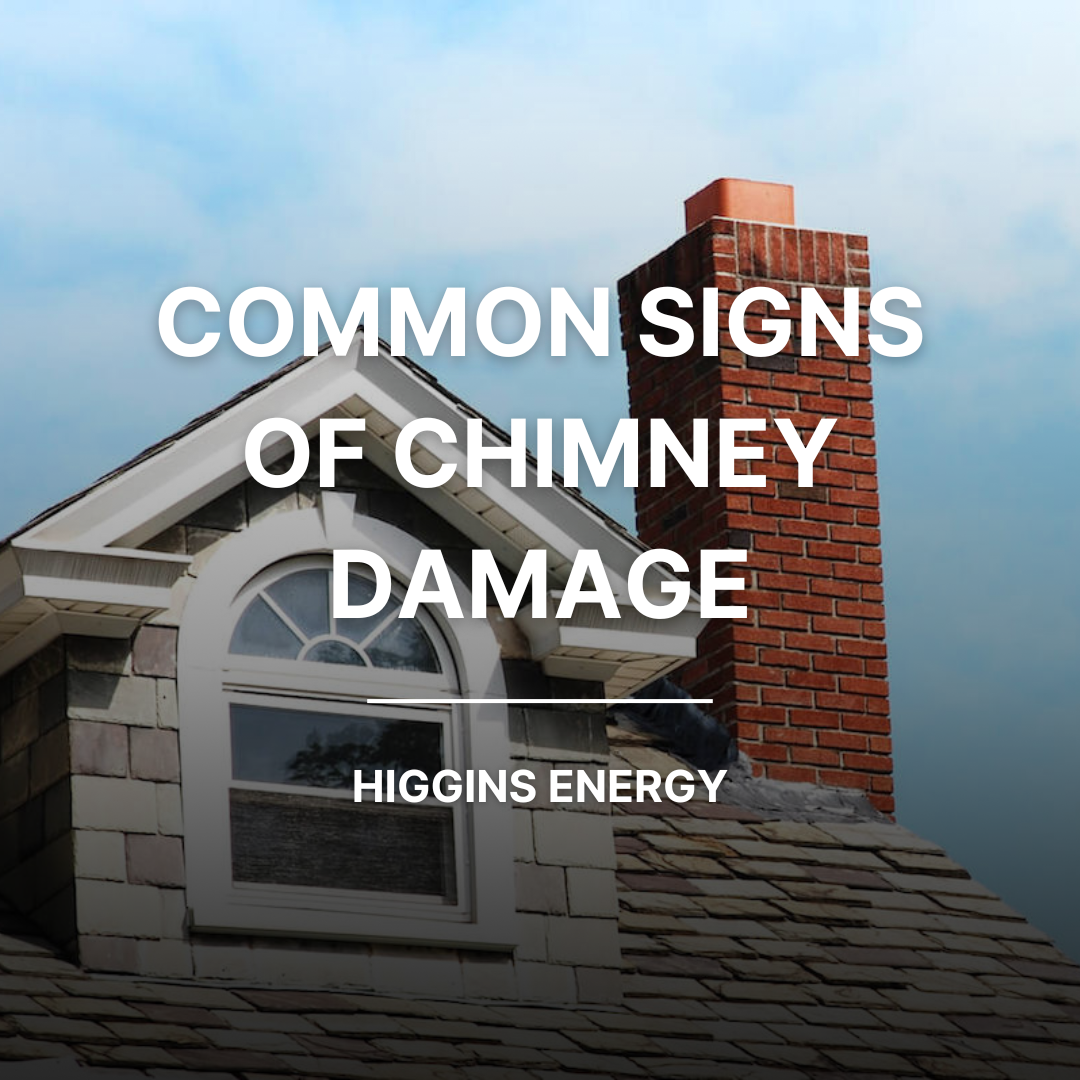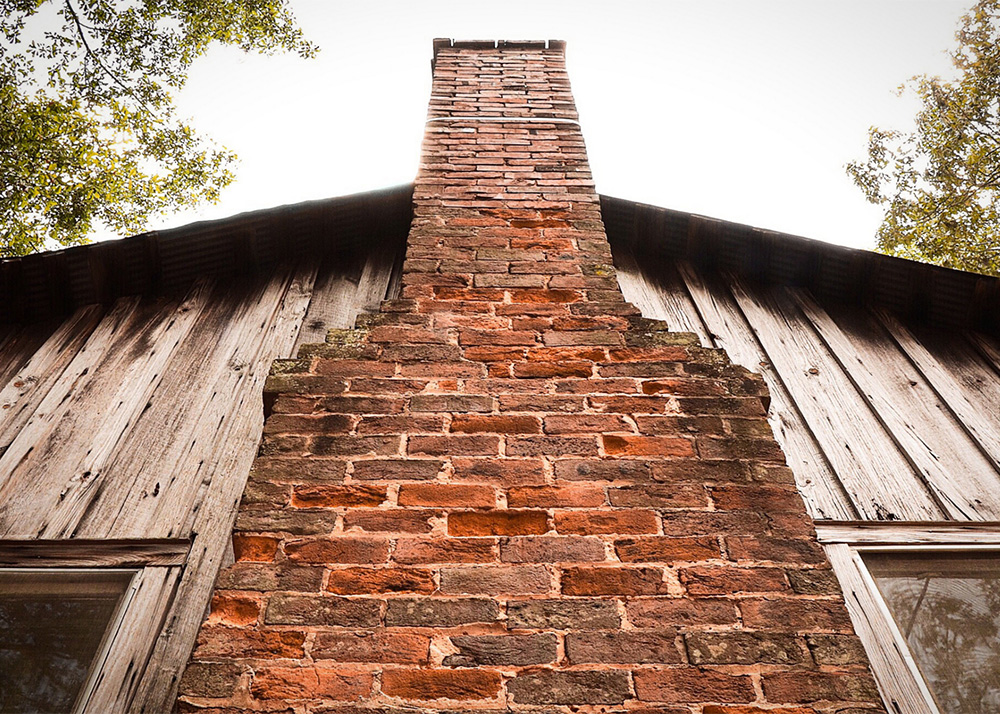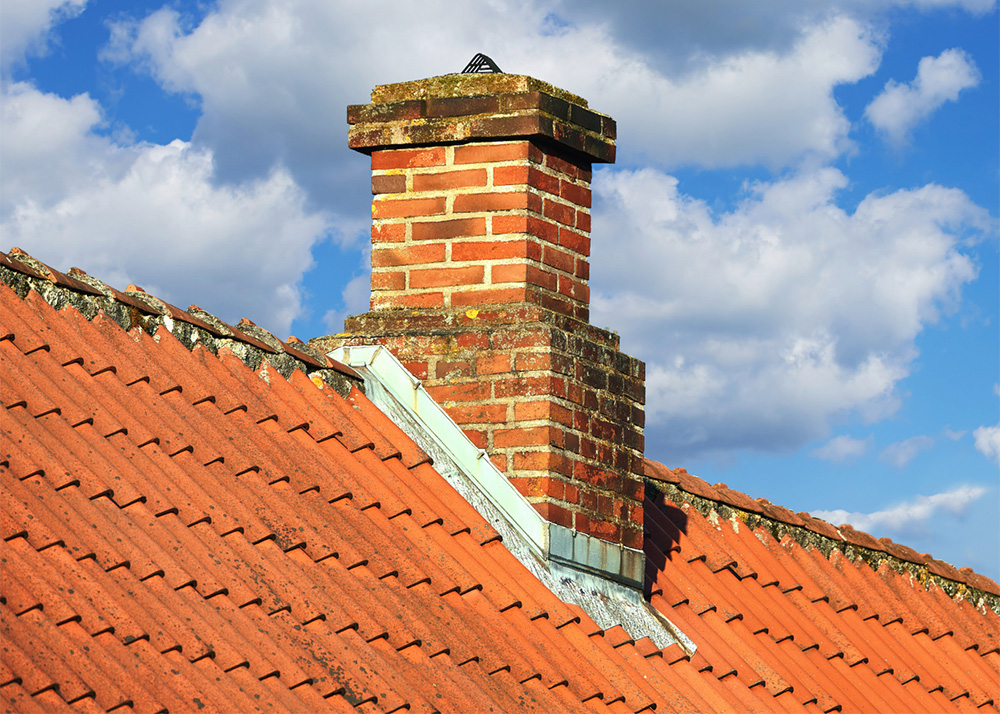
Your fireplace is meant to be a safe, warm, and welcoming retreat inside your home. Fireplaces and wood stoves are designed to contain fires to keep your home both warm and safe. However, the safety of your chimney is just as important as the safety of your fireplace.
While you relax in the warmth of your wood stove or fireplace, the condition of your chimney may not be the first thing on your mind, but your home and family’s safety relies on your chimney being clean.
Your chimney expels the by-products created by your fireplace or wood stove, so they do not damage your home. These by-products include smoke, water vapor, gases, unburned wood particles, and more. When these substances travel through the chimney, they can condensate and stick to the inner walls, creating creosote.
FACT: According to the CSIA, creosote is a “black or brown residue that can be crusty and flaky…tar-like, drippy and sticky…or shiny and hardened.” All forms of creosote are highly combustible and can result in a chimney fire if it accumulates too much.

Dirty chimneys can become hazardous rather quickly – especially when a dirty chimney leads to a chimney fire. Chimney fires can cause damage to structures, destroy homes, and can even injure or kill people. Chimney fires have been described as creating:
- Loud, popping, or cracking sounds
- Hot, intense smell
- Dense smoke
If you experience an active chimney fire, it is best to leave the home immediately and call 9-1-1 instead of handling the fire yourself.
FACT: Many chimney fires can also go undetected, as slow-burning chimney fires do not get enough oxygen or have enough fuel to create a dramatic, visible fire.
Many homeowners can be unaware they’ve even experienced a chimney fire, as the signs were less noticeable or even completely invisible. Undetected chimney fires are just as dangerous because the temperatures can be very high and cause just as much damage, without you even knowing it happened. The good news is that there are signs you can look for to detect whether you’ve had a chimney fire:
- “Puffy” or “honey combed” creosote
- Discolored and/or distorted rain cap
- Warped metal of the damper, metal smoke chamber connector pipe or factory-built metal chimney
- Evidence of smoke escaping through mortar joints of masonry tile liners
- Cracked or collapsed flue tiles, or tiles with large chunks missing
- Heat-damaged TV antenna attached to the chimney
- Creosote flakes and pieces found on the roof or ground
- Roofing material damaged from hot creosote
- Cracks in exterior masonry
FACT: An average of 8,800 chimney fires happen every year, but you can prevent one from happening in your home with the right knowledge, preparation by checking for signs of chimney damage.

Even if you have not had a chimney fire, it’s a good idea to self-inspect your chimney for signs of damage to ensure it is in peak condition. A damaged chimney can become a fire hazard, cause carbon monoxide, and severe problems for your roof. Signs of chimney damage include:
- Holes and cracks in the crown of the chimney
- Damage around the fireplace or around the chimney on the roof
- Cracks in the flue liner
- Wear and tear on the bricks
- Damage or deterioration on the metal liner around the chimney
- Rust or damage on the firebox or damper
So, what do you do if you find signs damage or deterioration? Call a certified chimney sweep! When you get your chimney professionally swept and inspected, you ensure that it is in perfect working order for the next time you need it.
Having your chimney inspected by a CSIA certified chimney sweep before lighting your first fire of the season is the number one way to prevent potential damage to your home or even the loss of life that may result from a damaged or blocked chimney.
Higgins has certified chimney professionals, and we are your one-stop shop for all things you need for your chimney—from pulling permits and ordering to installation, repairs, sweeps and service. Our technicians are CCP and CCR chimney certified by the Chimney Safety Institute of America (CSIA), so you can be sure your chimney service is handled by a team of professionals.
In need of a chimney sweep or repair?